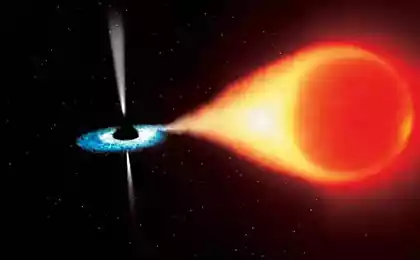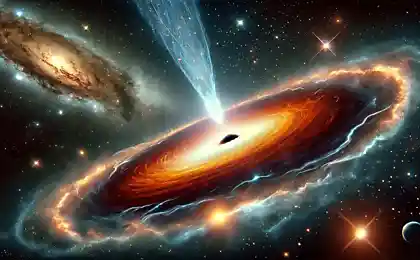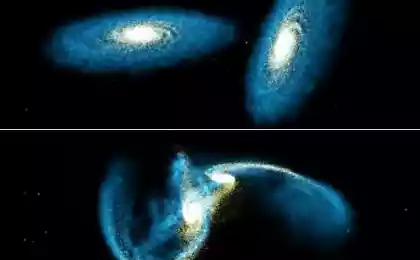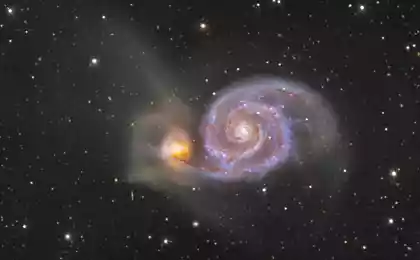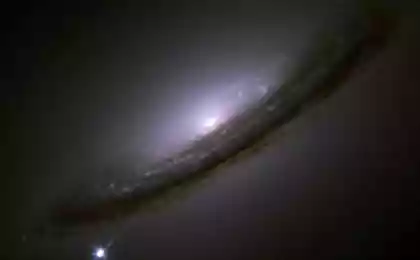764
Quasar in the galaxy closest to us turned out to be a system of two black holes
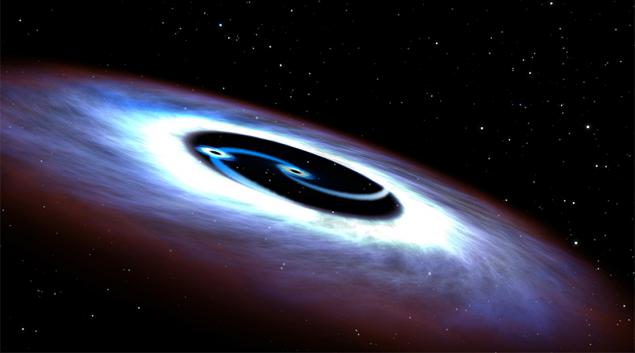
Astronomers from the University of Oklahoma, using Telescope. Hubble, обнаружили interesting details regarding the galaxy Markarian 231. It is the closest galaxy to us from those that contain in their centers of quasars. It turned out that her quasar - is actually two supermassive black hole, rotating with respect to a common center with great speed.
The galaxy Markarian 231 is in 600 million. Light-years from Earth in the constellation Ursa Major. She was discovered in 1969 during the search for galaxies that have strong emission in the ultraviolet range. She received its name in honor of the Soviet Armenian astronomer Вениамина Yeghishe Markarian , made many important discoveries in astronomy, he, in particular, first put forward the idea of a nuclei of galaxies ultraviolet radiation of non-thermal nature.
Galaxy Mrk231 was immediately isolated by scientists because of the unusual brightness of the quasar at its center. Quasars - one of the brightest objects in the universe, the radiation power which often exceeds the total power of the radiation of all stars in the galaxy. It is considered that such radiation is obtained by absorption of a supermassive black hole accretion disk of matter.
Dance of the black holes in the center of Mrk231 appeared to surprise scientists. If it turned out to be a typical case of a quasar with a black hole and the accretion disk, then glowed brightly in the ultraviolet to the entire disc - the so behaves accelerates matter spiraling into a black hole. Instead, the photographs, scientists have discovered a kind of donut - Glow ends abruptly on the approach to the center of education.
Based on computer models of dynamic best explanation for this effect - two rotating around a common center of black holes orbit which outlines the inside of the donut. And at the smaller of the two black holes it has its own small accretion disk and emitting in the ultraviolet.

"We are delighted the find, because it gave us the opportunity not only to study the short-known binary system of black holes, but also a way to find new binary systems through their special radiation in the ultraviolet," - says Yudzhun Liu (Youjun Lu) from China National Observatory, participate in the project.
Scientists explain that such binary systems - a natural result of merger of two galaxies in one. The smaller of the two black holes left over from the galaxy faced with Mrk231 - it says asymmetrical shape of the galaxy, as well as a large number of young blue stars. As a result of the collision the stars in this galaxy are born 100 times more often than in the Milky Way.
A large black hole at the center Mrk231 weighs in at 150 million. Times larger than the Sun, and a smaller - 4 million. Times. The period of their mutual circulation of 1 and 2 years. They need to blend together a few hundred thousand years.
Source: geektimes.ru/post/261056/
